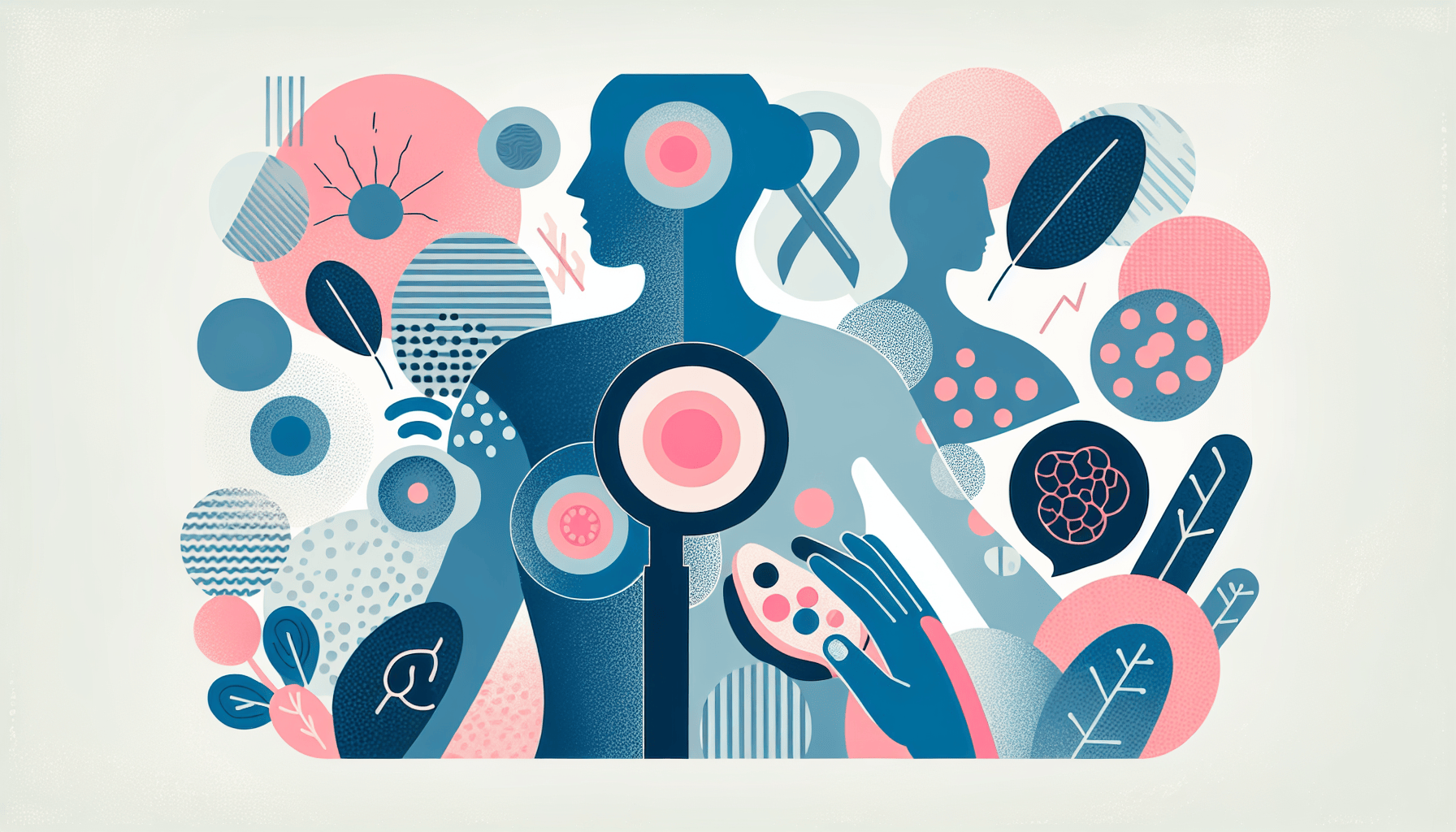Does Gabapentin Help with Sciatica?
Sciatica can cause sharp pain that shoots down your leg, making simple tasks hard. Many people wonder if gabapentin, a common medication, can ease this pain. This article [...]
Read MoreThe female breast is an organ that undergoes various changes throughout a woman's life, including during puberty, menstrual cycles, pregnancy, and with age. While most breast changes are normal and harmless, some may require medical attention, particularly breast lumps and pain.
Breast lumps come in various forms, such as cysts, adenomas, and papillomas, and can differ in size, shape, and location. About half of all women experience fibrocystic change, which is characterized by lumpy breasts that are more noticeable before menstruation and usually disappear after menopause. Although most lumps are benign, it's essential to have any new or unusual lump checked by a doctor to rule out precancerous or cancerous growth.

Some common types of breast lumps include:
Cysts: Harmless, fluid-filled sacs that may be painful and often shrink or disappear after menopause.
Fibroadenomas: The most common benign breast tumors in women under 25, which are usually round, mobile, and tend to regress after menopause.
Nipple adenomas: Tumors in the nipple area that vary in appearance and may be associated with cancer.
Intraductal papillomas: Uncommon small growths in the lining of the milk ducts near the nipple, which may produce a bloody discharge.
While the American Cancer Society (ACS) states that research hasn't shown a clear benefit of regular breast self-exams, some women may still choose to perform them. If you decide to do so, consult your doctor for guidance on proper technique. Breast self-exams are easiest in the shower, using soap to smooth the skin, and should be done a few days after your period to avoid premenstrual changes that can cause temporary thickening in breast tissue.
Mammograms are detailed X-ray pictures of the breasts that can detect tumors too small to be felt by hand. The ACS recommends that women aged 45 to 54 have a mammogram each year, while those 55 and older should continue getting mammograms every 1 to 2 years. Women aged 40 to 44 may choose to start yearly screening mammograms if they wish. If you have a family history of breast cancer, especially in a close relative like a mother or sister, your doctor may recommend starting mammograms earlier.
Breast pain can have various causes, including normal swelling during the menstrual cycle, infection, injury, growths, and possibly diet. Menstrual-related breast pain is caused by hormonal changes that bring more fluid into the breasts, expanding tissue and stretching nerve fibers. This type of pain is not dangerous and usually doesn't require treatment if the discomfort is tolerable.
Infections in the breast may produce symptoms similar to those seen elsewhere in the body, such as abscesses that resemble cysts. If you suspect an infection, consult your doctor, who may prescribe antibiotics. In some cases, the infected tissue may need to be removed.
While cysts may cause pain, breast cancer rarely does. However, the absence of pain does not rule out the possibility of cancer. If you experience any persistent or concerning breast changes, it's crucial to have them evaluated by a healthcare professional.
For more information on breast health and early detection of breast cancer, visit:
Sciatica can cause sharp pain that shoots down your leg, making simple tasks hard. Many people wonder if gabapentin, a common medication, can ease this pain. This article [...]
Read MoreBack pain is one of the most common health complaints, affecting millions of people worldwide. If you have back pain, you might have heard about gabapentin as a possible [...]
Read MoreIf you take gabapentin, you might wonder if it will show up on a drug test. This question matters for many people, whether it’s for work, sports, or legal reasons. Gabapentin [...]
Read More